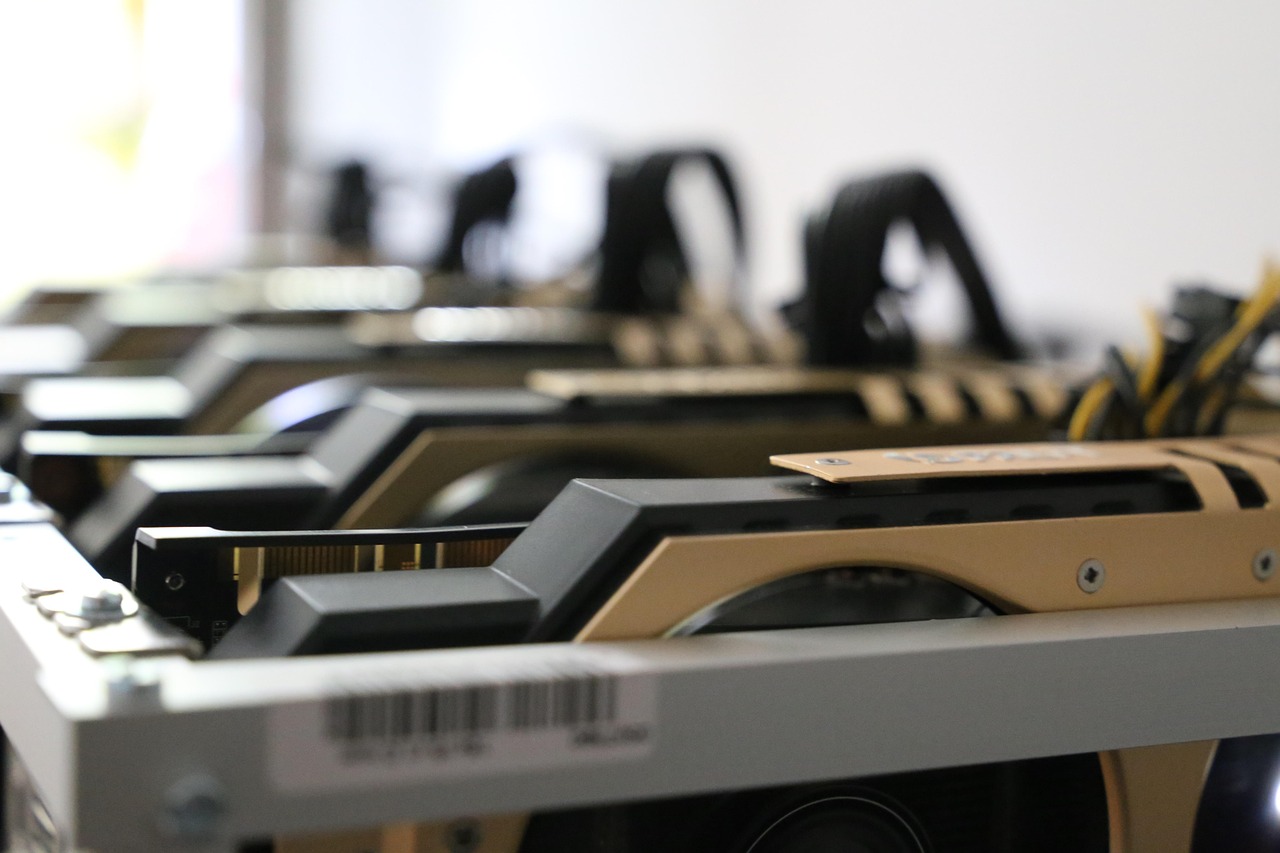Record difficulty and declining on-chain fees have dragged Bitcoin mining profitability to a two-year low, creating a widening divide between miners surviving on razor-thin margins and those reinventing themselves as data-center operators for the AI boom.
Mining used to be a homogeneous industry moving in sync with Bitcoin’s price. However, it’s now evolving into a two-speed economy, where hashpower defines success, not energy strategy.
At roughly $42.14 per terahash per day, Bitcoin’s hashprice (the industry’s shorthand for miner revenue per unit of computational power) has fallen into the bottom 4% of its two-year range.
Over the past month alone, it’s dropped 19%, while the broader market’s pullback in Bitcoin to around $101,500 has only deepened the squeeze.
The real culprit isn’t the spot price.
It’s the structural math of the network itself: difficulty is up 31% over the past six months, hashrate 23%, while fees, once bolstered by ordinal activity and congestion, have faded to their lowest since spring. The result is pure compression, with more machines fighting for fewer rewards.
For smaller miners, that combination is devastating. Many are operating below break-even levels, particularly those tied to high-cost electricity contracts or older hardware. The situation is eerily reminiscent of prior cycle troughs in 2020 and late 2022, when the weakest players capitulated just before a rebound.
However, this time, the stress test is taking place in a very different environment: the advent of AI and high-performance computing has created an entirely new escape valve for miners, allowing them to pivot their infrastructure toward non-Bitcoin workloads.
Earlier this week, Iris Energy announced a $9.7 billion, five-year deal with Microsoft to supply AI and data-center capacity, effectively repurposing part of its fleet into an HPC provider. The stock reaction was immediate, and brokers began re-rating IREN, Core Scientific, Riot Platforms, and Cleanspark as “AI infrastructure plays” rather than pure Bitcoin proxies.
That shift, anchored by real revenue diversification, is why miner equities can rally even as hashprice falls. The market is beginning to reward grid-scale flexibility and long-term power contracts over hash output.
The contrast with legacy miners is stark. Firms that remain tied exclusively to Bitcoin production have little room to maneuver when margins collapse.
Miner earnings are now at their lowest profitability levels since April, as hashprice readings around $43 per PH/s/day are near multi-month lows. These companies are still paid entirely in Bitcoin block rewards and transaction fees, revenues that drop automatically with each increase in difficulty.
Unless they can hedge exposure or access ultra-cheap energy, they’re stuck waiting for the next block subsidy reprieve or a spike in network fees.
Marathon Digital, meanwhile, is showing what scale can do to offset the crunch. The company recently reported a record $123 million quarterly profit by doubling down on both operational efficiency and new lines of business adjacent to AI hosting.
Its revenue mix is now a blend of mining and AI operations, showing how the definition of a miner is shifting. Marathon’s vast energy footprint enables it to curtail or redirect load opportunistically, selling excess power or leasing infrastructure for HPC tasks when Bitcoin mining economics tighten.
The divergence is now visible in market data: equity investors are treating hashprice weakness not as an existential risk, but as a filter separating miners with sustainable business models from those merely chasing block rewards.
As Bernstein’s latest note put it, “hashprice pain won’t hit AI-pivot miners.” That sentiment captures the structural change underway, which is that Bitcoin mining is evolving from a single-purpose pursuit into a multi-market data infrastructure business.
Tracking when the downturn could reverse: several clear markers.
The first is a difficulty plateau or rollover, signaling that unprofitable hashrate is dropping offline, creating a natural rebalancing that lifts remaining miners’ share of rewards.
The second is a resurgence in on-chain fees, whether from congestion or a new wave of inscription-style demand. Either can lift hashprice without any change in Bitcoin’s price.
The third and perhaps most consequential trigger is the continued expansion of AI or HPC contracts. Each new megawatt diverted to external workloads reduces effective competition on the Bitcoin network, stabilizing margins for those who stay.
Other variables also matter: winter energy prices, curtailment incentives, and regional regulations all influence who can survive a prolonged period of economic pressure. Mergers, liquidations, and site closures typically accelerate when hashprice nears its cycle lows.
Historically, that has been a contrarian signal for the broader market, a sort of prelude to difficulty adjustment relief and renewed miner accumulation.
The next increase in difficulty will offer the first real test of whether this compression has reached its limit. If hashrate growth stalls while fees perk up, hashprice could begin a slow mean reversion toward equilibrium.
Until then, the mining industry remains split between those riding out Bitcoin’s hardest math problem and those rewriting it entirely through AI.
The post Bitcoin hashprice sinks to 2-year low as AI pivots split miners appeared first on CryptoSlate.

























